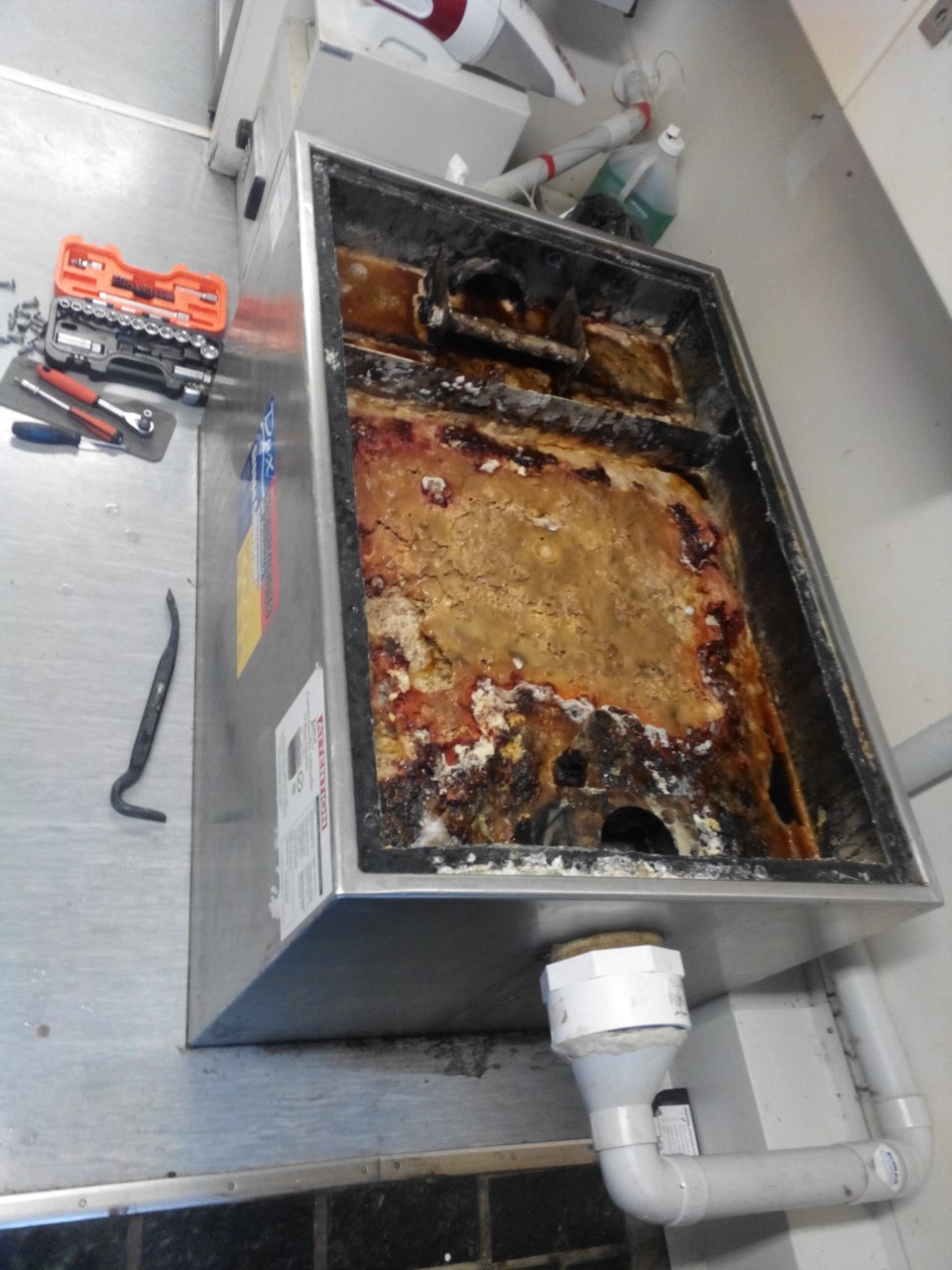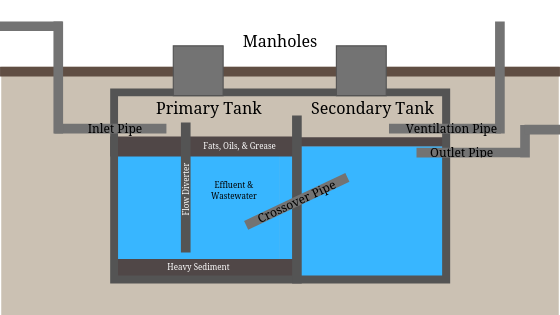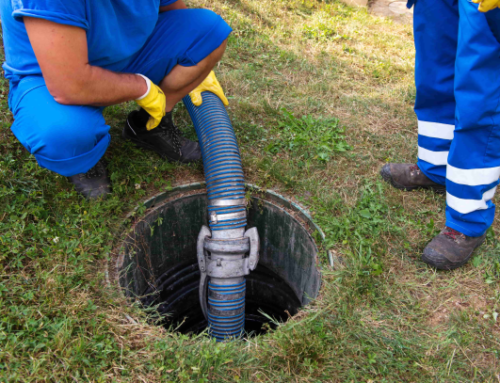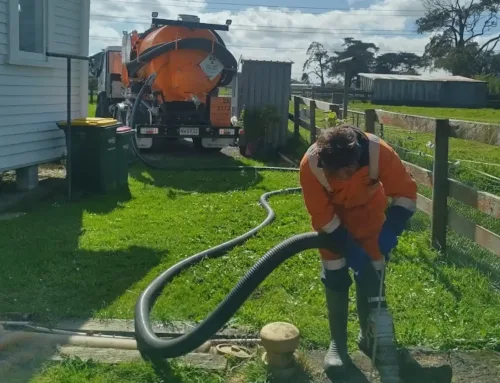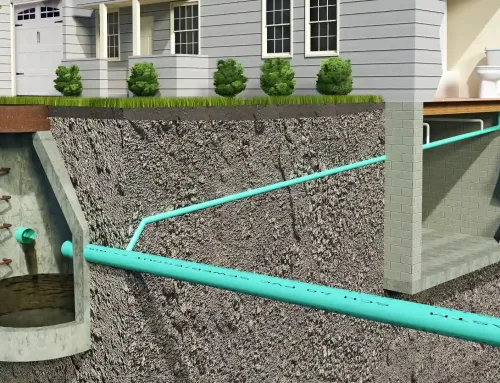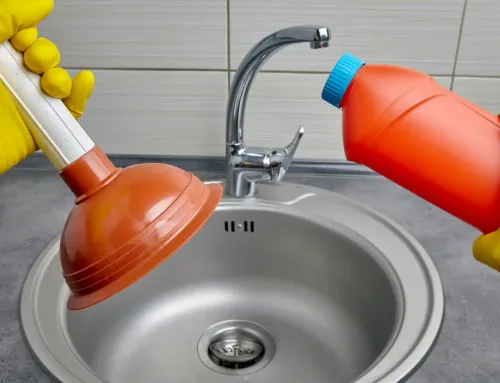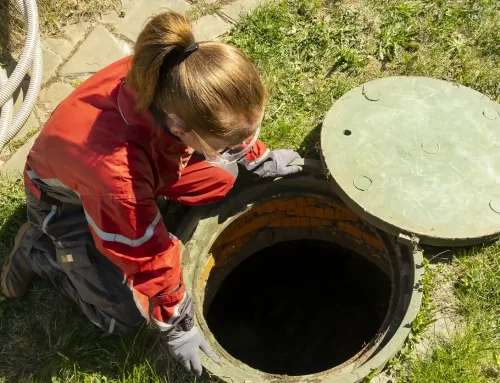Septic Science: The Anatomy of a Grease Trap
While not every septic system has them, grease traps can play a vital role in your septic system when properly installed and maintained. Grease traps slow down the entry of Fats, Oils, and Grease (FOG) into the septic tank, letting these materials cool while fluids advance through the septic system and disperse without gunking up the pipes.
Grease traps aren’t complicated, but their design, especially within a septic system, is clever and uses some basic physics and biology to separate materials and keep the entire system working well. Here, we’ll specifically talk about underground grease traps that are attached to a larger septic system. For all others, check out How Do Grease Traps Work?
Let’s dive in!
What are grease traps and why are they important?
First, let’s talk definitions.
Grease traps are the gateway between the plumbing pipes in your home or restaurant and the rest of the septic system. They use cleverly placed pipes and tanks to separate greywater (known as effluent) from floating FOG and sinking sediment.
FOG and sediment can quickly clog up septic pipes, causing sewage backup and preventing septic systems from functioning the way they’re supposed to.
How do underground grease traps work?
Grease traps use two underground tanks – a primary tank and a secondary tank – to move greywater (effluent) and wastewater without including the fats, oils, and grease.
The primary tank is where the sewage from your home or restaurant empties into. Within this primary tank, the different materials naturally separate. Heavy sediment such as foods sink to the bottom of the tank, while fats, oils, and grease float to the surface. This leaves the effluent in the middle. Naturally occurring bacteria in the tank will slowly break down these materials, allowing them to pass through the rest of the septic system without harm.
The primary tank is connected to the secondary tank by a crossover pipe. This pipe usually inclines into the secondary tank to prevent too much oil and grease from slipping through before the tanks are full. The primary tank may also include a flow diverter, which is a barrier to prevent momentum from pushing soils and oils through the crossover pipe.
As the primary tank fills with sewage up the crossover pipe, it will spill over into the secondary tank until it also fills up to the crossover pipe. Then, the two tanks will continue filling evenly up the outlet pipe, where effluent can drain into the septic system. The outlet pipe will also briefly incline, allowing the secondary tank to fill past the mouth of the pipe and ensuring that what little fats, oils, and grease made it into the secondary tank will float above the outlet rather than pass through it.
Caring for your grease trap
While the primary purpose of your grease trap is to prevent fats, oils, and grease from clogging up your overall septic system, its secondary purpose is breaking down the solids so that the septic system can keep working. It does this through naturally occurring bacteria, so maintaining the proper ecosystem in your grease trap is essential.
Avoid pouring harmful chemicals down your drains, as these can kill off bacteria and slow the dissolution of fats, oils, and grease in your grease tap. You should also refrain from pouring boil water down your drains, as this can liquefy the FOG and allow it to pass further through the septic system.
Above all, don’t forget to regularly service your grease trap as part of your septic system maintenance.
Work with the septic masters
Proper septic system maintenance begins with a good understanding of how they work. At Streamline Environmental and Drainage, our knowledge and experience of septic systems makes us the top choice for restaurant and home kitchen grease trap cleaning, service and repair. Even with proper maintenance, your grease trap will need to be serviced regularly to avoid excessive build-up.
Contact Streamline Environmental & Drainage to get the most out of your septic system!
